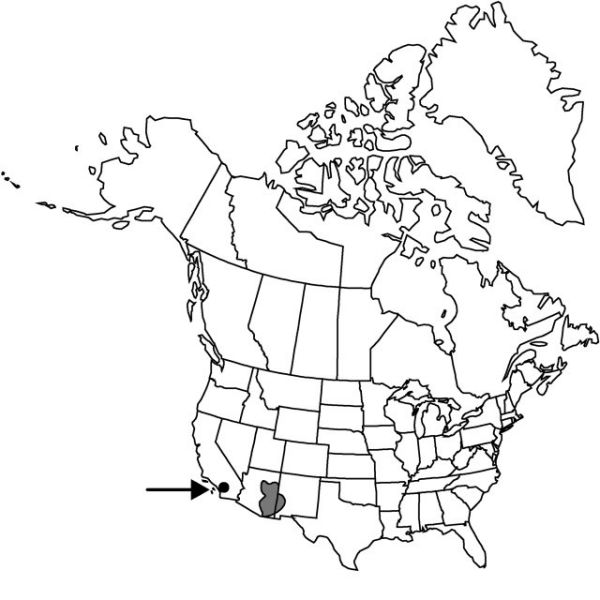Sisyrinchium longipes
J. Wash. Acad. Sci. 29: 474. 1939.
Herbs, perennial, cespitose, green to medium olive when dry, to 4.6 dm, not glaucous. Stems simple, 0.6–1.7 (–2.3) mm wide, glabrous, margins entire, similar in color and texture to stem body. Leaf-blades glabrous, bases not persistent in fibrous tufts. Inflorescences borne singly; spathes green, glabrous, keels entire; outer 12.5–36 mm, 0–16 mm longer than inner, tapering evenly towards apex, margins basally connate 3.5–9 mm; inner with keel evenly curved to straight, hyaline margins 0.4–0.6 mm wide, apex usually extending as 2 rounded, sometimes erose lobes, ending 0–1.5 mm proximal to green apex. Flowers: tepals yellow to orange, usually with brownish or occasionally purplish veins; outer tepals 7–11 mm, apex acute to rounded; filaments connate basally, glabrous; ovary similar in color to foliage. Capsules dark-brown to black, slightly turbinate to ± globose, 4.5–9 mm; pedicel ascending to erect. Seeds ± hemispherical, with slight depression on flattened side, 1–1.7 mm, rugulose. 2n = 34.
Phenology: Flowering summer.
Habitat: Wet to moist meadows, stream banks, moist open areas in forests
Elevation: 2200–3200 m
Distribution

Ariz., Calif., N.Mex.
Discussion
Of conservation concern.
Plants of Sisyrinchium longipes that are disjunct in the San Bernadino Mountains, California, were previously identified as S. elmeri.
Selected References
None.